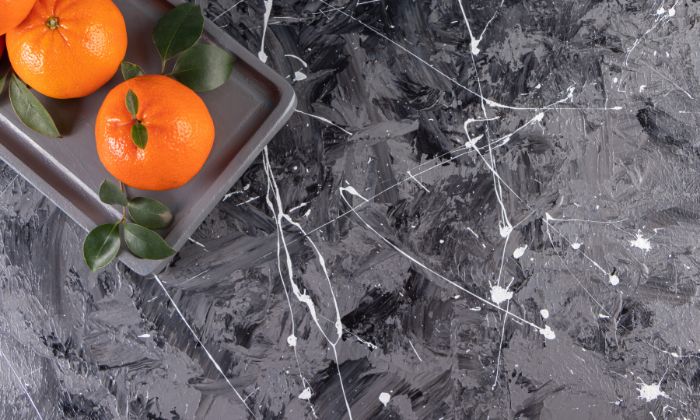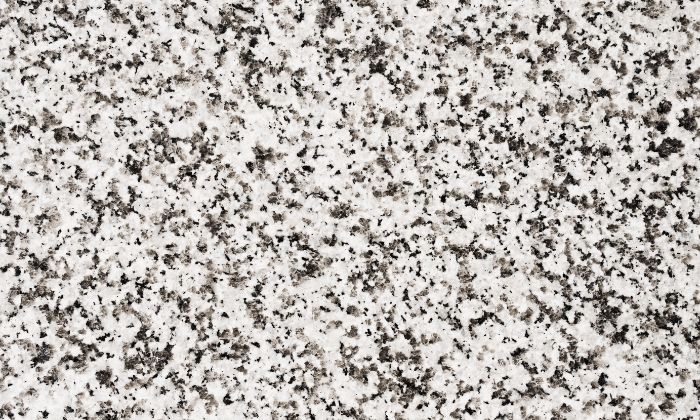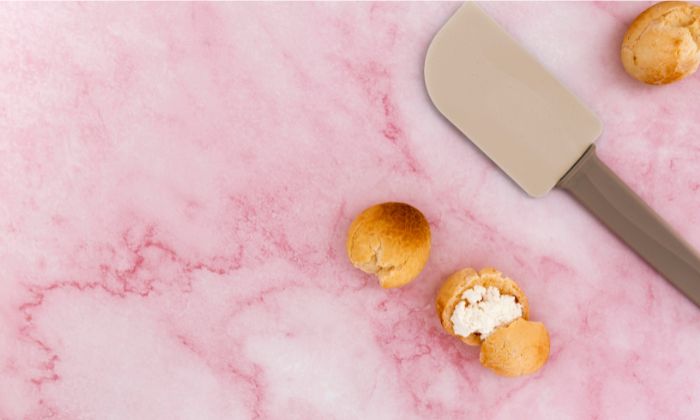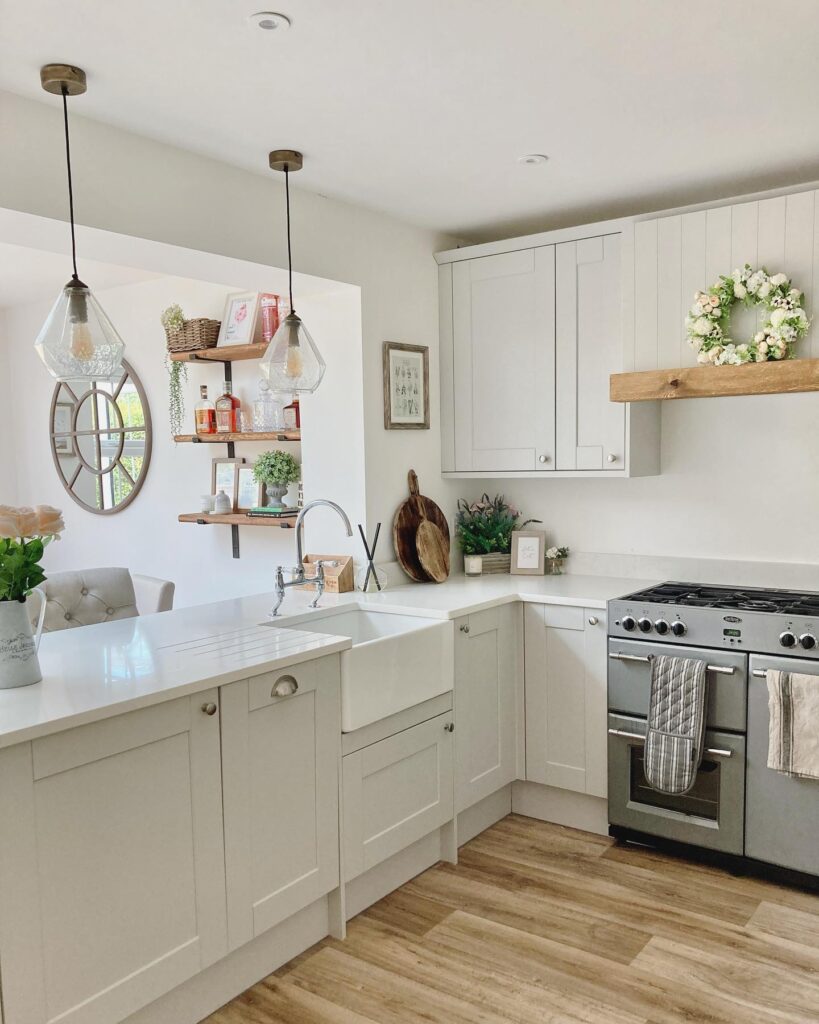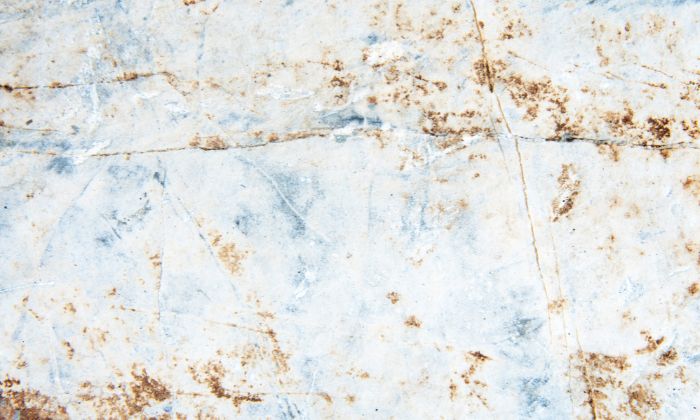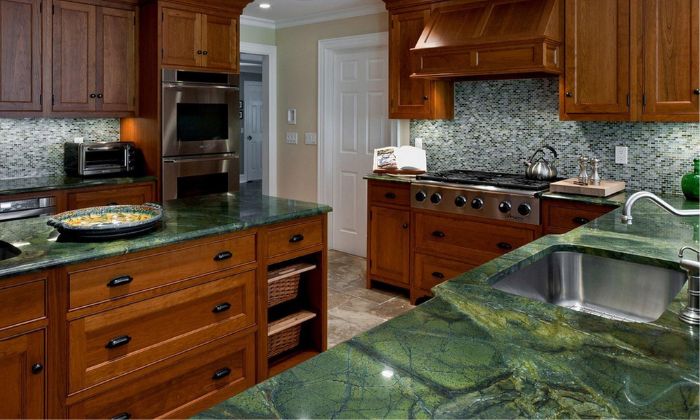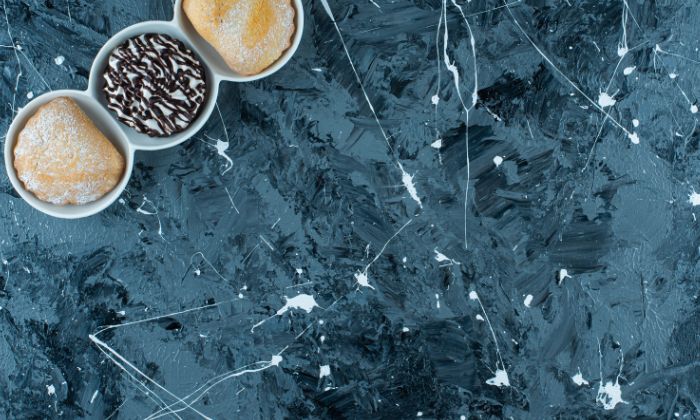Red Marble Countertops: A Bold and Luxurious Choice for Your Home
Red marble countertops make a bold statement in any space, combining elegance with a touch of luxury. These natural stones are more than just a design element. They are the perfect blend of aesthetic appeal, durability, and sophistication. Whether you’re looking to make a grand impression in your kitchen or add a unique focal point to your bathroom, this is an excellent choice. In this article, we’ll explore the beauty, benefits, and types of red marble, as well as how to incorporate them into your home. What is Red Marble? Red marble is a type of natural stone, quarried from various regions worldwide, known for its vibrant red tones. The hues can range from deep burgundy to bright crimson, often with intricate veining patterns of white, green, or black. Each red marble slab is unique, showcasing nature’s artistry through color and design. Some popular varieties include Rosso Levanto, Rosso Alicante, Rouge Griotte, and Rosso Verona, all known for their distinctive shades and veining. Benefits of Choosing Red Marble Countertops Aesthetic Appeal Red marble kitchen countertops bring an unparalleled level of beauty to your home. The rich red tones serve as a striking design element, providing a sense of drama and luxury. These countertops immediately capture attention, transforming your kitchen or bathroom into a space of grandeur. Whether used as a focal point in a room or as an accent, red marble adds depth and character to any setting. Luxury and Sophistication Few materials exude luxury quite like red marble. Its natural beauty, combined with the rarity of red hues in marble, makes it a prized choice for those looking to elevate the sophistication of their space. Adding it to your home conveys opulence, making it a great option for high-end interior design projects. Durability and Strength Though elegant, red marble is also known for its durability. As a natural stone, it can withstand the daily wear and tear of a busy kitchen or bathroom. While red marble countertop require regular maintenance to maintain their beauty, they are strong enough to last for decades with proper care. This makes them a long-term investment that combines beauty with functionality. Versatility in Design They are versatile, fitting seamlessly into various interior design styles. They work well with modern, traditional, and transitional aesthetics, depending on how they are styled. Whether paired with sleek, white cabinetry or rustic, natural wood, red marble adds a unique touch that enhances the overall design. Drawbacks of Red Marble Countertops Higher Price Range One of the main drawbacks of red marble countertop is their cost. The price of red marble varies depending on the type of marble, slab size, and installation costs. Rosso Levanto marble, for example, tends to be more expensive due to its deep, luxurious red color and intricate veining. On average, red marble countertop can range from $75 to $250 per square foot, making them a high-end option compared to other materials like granite or quartz. Regular Maintenance Requirements Marble countertops require regular maintenance to keep them looking their best. Sealing the surface is necessary to prevent stains and damage, as marble is porous and can absorb liquids. Additionally, regular cleaning with a pH-neutral cleaner is recommended to avoid etching and scratching. Alien Aesthetics While red marble is undoubtedly beautiful, its bold color may not suit every home. The intense red tones can sometimes clash with more subdued or minimalist interior design styles. Choosing red marble requires careful consideration of your home’s overall design elements to ensure that the bold color complements rather than overwhelms the space. Popular Types of Red Marble for Countertops There are several types of red marble, each with its unique appearance and characteristics. Below are some of the most popular varieties: Rosso Levanto Rosso Levanto marble is a striking natural stone known for its deep red color, highlighted by dramatic white and green veins. Its bold appearance makes it ideal for creating statement pieces in kitchens, bathrooms, or living areas. The rich, dark tones of Rosso Levanto add depth and elegance, enhancing the luxury of any space. This marble is perfect for countertops, walls, or flooring, offering a unique and sophisticated look that draws attention and creates a focal point in interior designs. Its timeless beauty and dramatic contrasts make it a popular choice for upscale projects. Rosso Alicante Rosso Alicante is a striking marble known for its vibrant red base, accented by delicate white veining. This bold and visually appealing stone is ideal for adding a touch of luxury to modern or contemporary spaces. Its bright color and unique patterns make it a standout choice for countertops, flooring, and decorative accents. Whether used in kitchens, bathrooms, or living areas, Rosso Alicante brings a warm, sophisticated atmosphere, elevating the overall aesthetic of any room. Its timeless appeal ensures it remains a popular option for those seeking elegance and distinction in their interior design. Rouge Griotte Rouge Griotte is a luxurious dark red marble known for its rich color and delicate white veining. Its intricate patterns and dense texture make it an excellent choice for adding sophistication to spaces. Often used for countertops, this marble creates a striking visual impact, blending elegance with durability. Its deep, warm tones and refined appearance enhance the beauty of both traditional and modern designs, making it a favored material for high-end interiors. Rouge Griotte’s natural charm and timeless appeal bring a touch of luxury and refinement to any room. Rosso Verona Rosso Verona is a red marble with earthy, muted tones and light veining, making it ideal for those seeking a subtle yet elegant look. Its warm, reddish-brown hues complement natural wood finishes and neutral color schemes, adding warmth and sophistication to spaces. This marble is perfect for countertops, providing a refined appearance without being overly bold. The soft veining enhances its natural beauty, making it a popular choice for those who prefer a timeless, understated design. Rosso Verona’s blend of colors and patterns makes it versatile and harmonious with various interior styles.
Red Marble Countertops: A Bold and Luxurious Choice for Your Home Read More »


